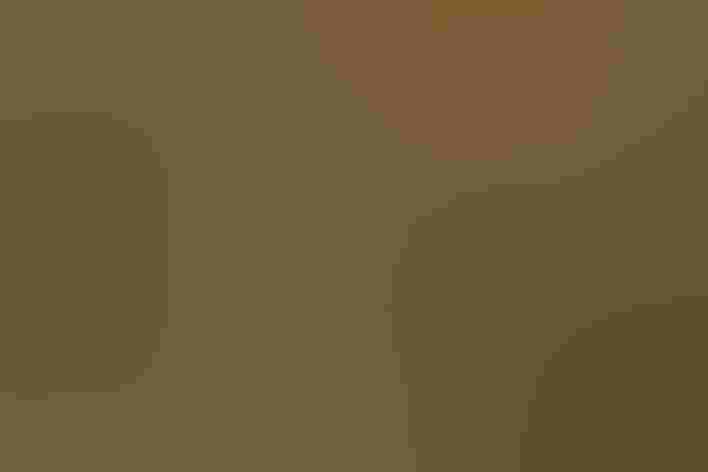Sharp-tailed Grouse
At a Glance
The Sharp-tailed Grouse is typical of regions that have open grassland mixed with groves of trees or shrubs. Closely related to the prairie-chickens, it is found mostly farther north. On winter nights it may roost by burrowing into snowdrifts, where the snow helps insulate it from the cold.
All bird guide text and rangemaps adapted from Lives of North American Birds by Kenn Kaufman© 1996, used by permission of Houghton Mifflin Harcourt Publishing Company. All rights reserved.
Category
Pheasants and Grouse, Upland Ground Birds
IUCN Status
Least Concern
Habitat
Fields, Meadows, and Grasslands, Forests and Woodlands, Shrublands, Savannas, and Thickets
Region
Alaska and The North, Eastern Canada, Great Lakes, Northwest, Plains, Rocky Mountains, Southwest, Western Canada
Behavior
Flap/Glide, Flushes, Rapid Wingbeats, Running
Population
760.000
Range & Identification
Migration & Range Maps
No major migration, but birds may move several miles with the season to reach optimum habitat for summer or winter.
Description
15-20" (38-51 cm). Similar to prairie-chickens, but has underparts mostly spotted, not barred. In flight, shows longer tail with white outer feathers (prairie-chickens have short black tails).
Size
About the size of a Crow, About the size of a Mallard or Herring Gull
Color
Black, Brown, White, Yellow
Wing Shape
Broad, Fingered, Rounded
Tail Shape
Pointed, Wedge-shaped
Songs and Calls
During courtship, a low single or double cooing note.
Call Pattern
Flat, Undulating
Call Type
Drum, Hoot, Odd, Rattle, Raucous, Scream
Habitat
Prairie, brushy groves, forest edges, open burns in coniferous forest. Prime habitat includes a mixture of open prairie with groves of deciduous trees or shrubs, such as aspen, birch, willow. Shifts habitat with season, occupying more open grasslands in summer, groves of trees and shrubs in winter.
Sign up for Audubon's newsletter to learn more about birds like the Sharp-tailed Grouse
Behavior
Eggs
5-17, typically about 12. Olive-buff to pale brown, usually speckled with various browns. Incubation is by female only, about 23-24 days.
Young
Downy young leave nest shortly after hatching. Female tends young and leads them to feeding areas, but young feed themselves. Young can make short flights at age of 1-2 weeks, but are not full-grown for several more weeks.
Feeding Behavior
Forages mostly on ground in summer, mostly in trees and shrubs in winter.
Diet
Mostly seeds, buds, leaves. Mostly vegetarian for most of year. In winter, when food on ground is mostly buried by snow, feeds heavily on buds of trees and shrubs. In spring, eats leaves, green shoots, large numbers of flowers. Varied diet in fall, with seeds, berries, leaves, waste grains. Insects eaten mainly in summer (especially by young birds), including many grasshoppers.
Nesting
In early mornings in spring, males gather on display ground. Male points tail up, spreads wings, holds head low, stamps feet rapidly while moving forward or in circles. Male inflates neck sacs, then deflates them with hollow cooing sound; also rattles tail feathers. Female visits display grounds, mates with one of the males. Nest site is on ground, under shrub or thick clump of grass. Nest (built by female) is a shallow depression with a sparse lining of grass, leaves, ferns.
Conservation
Conservation Status
Has disappeared from some parts of former range (especially southern areas), and may still be declining. Loss of habitat is main cause.
Climate Threats Facing the Sharp-tailed Grouse
Choose a temperature scenario below to see which threats will affect this species as warming increases. The same climate change-driven threats that put birds at risk will affect other wildlife and people, too.









